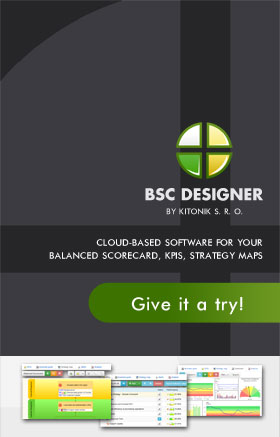The Logic behind the Pay-off Scorecard in Marketing Context
When you think of investments, you would definitely come to think of their returns or their “pay-off’s”, so to speak. This is because the pay-offs mark the significant returns of your very own investment, or your ROI. Thus, it would pay for any business to develop and implement what is known as the pay-off scorecard. And this is very much important when it comes to returns of investment in the context of marketing. After all, you cannot really expect significant ROI if you are not able to market your products and services efficiently.
Marketing can only be effective if your efforts towards making your target markets aware of your products and services are successful. This means that your efforts have caught the attention of the target markets you have been aiming for. Pay-off metrics are then implemented on a scorecard so that it would be easier to assess just how effective your marketing techniques are.
Forging consumer awareness is not the only aim of marketing at all. Marketing departments are even assigned to anticipate and forecast future changes in the purchasing behavior of target consumers. This entails a lot of market research on the part of the marketing department. Marketers are also tasked to give quantitative data as basis for whatever marketing activity or strategy the department wants to take on. This way, the figures will be used by top-level managers in identifying which of the following marketing expenditures translate to significant revenue.
When it comes to developing the scorecard here, there are four elements to keep in mind: Product, Promotion, Pricing, and Placement. Considerations for the product element include the features of the product being marketed themselves. For this element, it is important to convey to the target market the features that can very well cater to the customers’ wants and needs. Promotion, on the other hand, would involve the marketing techniques employed in the creation of product awareness. These would include publicity, advertising, branding, and sales promotion. Pricing, meanwhile, pertains to the process of setting the prices of the product or service, as well as all other factors that have a direct effect on pricing. Placement, lastly, is all about the distribution of the product or service. More importantly, this refers to the distribution channels that are used in the placement of the product, including the point of sale placement and retailing.
With these four Ps, it would be easier to establish that link between the marketing investment itself and its return of investment. Another thing to remember here is that the action areas should be highlighted – more specifically, the areas of promotion and positioning or placement. Both of these areas entail a lot of action from the marketing department so there would be much scoring done here. The usual scale used here would be from 1 to 5 or from 1 to 10. With each area plotted, scores would then be given as the marketing strategies and activities undertaken by the company play out.
With these aspects in mind, it would be easier for a company to plot out its marketing or pay-off scorecard. By keeping an eye on the prize, it would not be too hard to start realizing ROIs from all marketing endeavors.
—
If you are interested in pay-off scorecard, check this web-site to learn more about pay-off dashboard.


